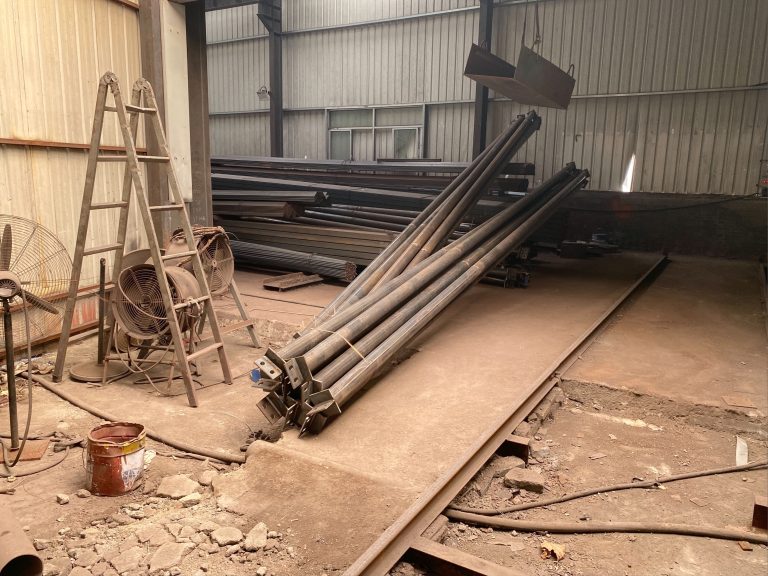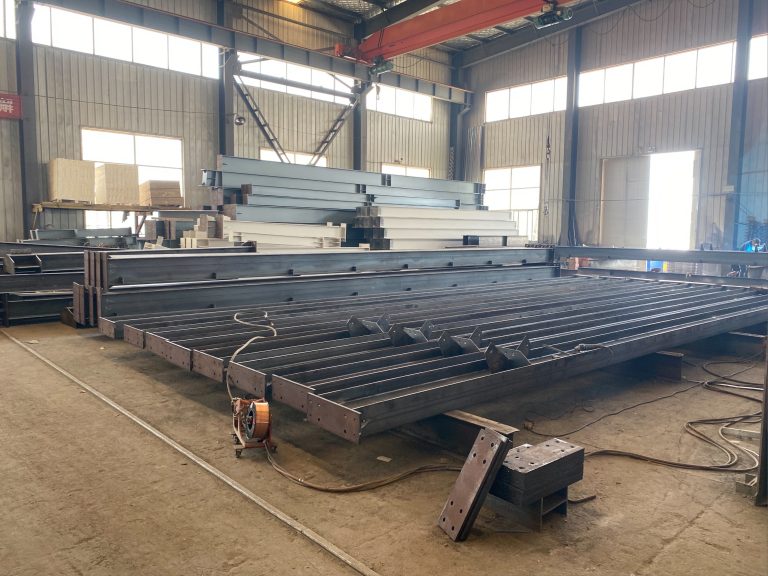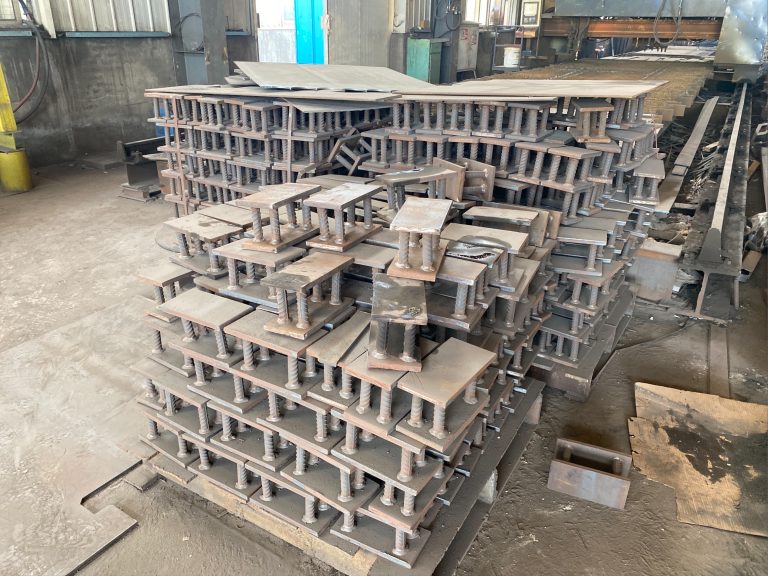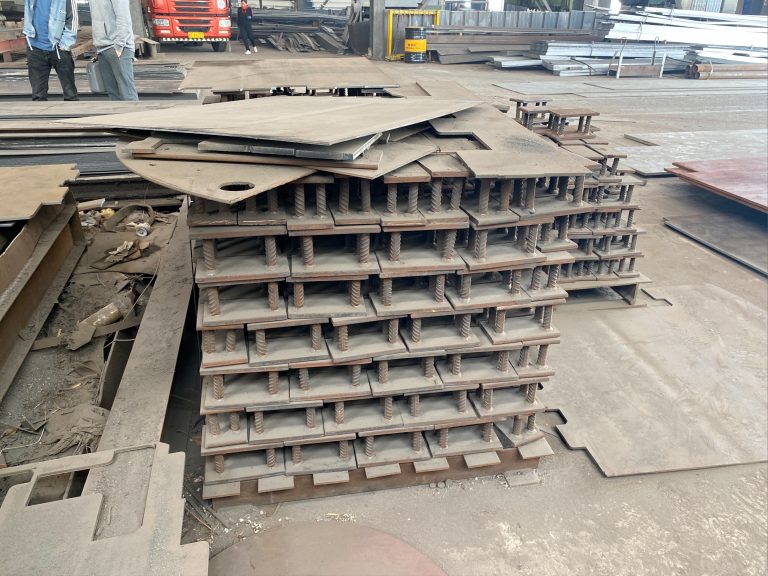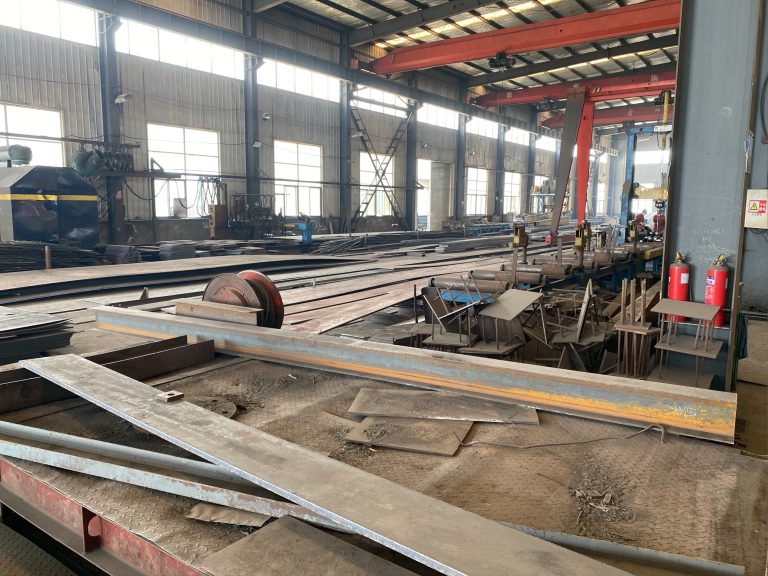Steel structures and 3D printing: Innovative ways to build.
Table of Contents
Advantages of Using Steel Structures in Construction Projects
Steel structures have long been a popular choice in construction projects due to their durability, strength, and versatility. From skyscrapers to bridges, steel has been a go-to material for engineers and architects looking to create structures that can withstand the test of time. In recent years, advancements in technology have opened up new possibilities for using steel in construction, particularly with the rise of 3D printing.
One of the key advantages of using steel structures in construction projects is their strength-to-weight ratio. Steel is much stronger than other materials such as wood or concrete, allowing for lighter and more efficient designs. This means that steel structures can support heavier loads and withstand greater forces, making them ideal for tall buildings or structures that need to resist wind or seismic activity.
In addition to their strength, steel structures are also highly durable and resistant to corrosion. Unlike wood, which can rot or warp over time, steel is not susceptible to moisture or pests, making it a low-maintenance option for long-term projects. This durability ensures that steel structures will last for decades, reducing the need for costly repairs or replacements.
Another advantage of using steel structures in construction projects is their versatility. Steel can be easily shaped and molded into a wide variety of forms, allowing for creative and innovative designs. This flexibility makes steel an ideal material for architects looking to push the boundaries of traditional construction methods and create unique and eye-catching structures.
With the advent of 3D printing technology, the possibilities for using steel in construction have expanded even further. 3D printing allows for the rapid prototyping and fabrication of complex steel structures that would be difficult or impossible to create using traditional methods. This technology enables architects and engineers to design intricate and detailed structures with a high degree of precision, opening up new opportunities for creativity and innovation in construction.

One of the key advantages of using 3D printing for steel structures is the ability to reduce waste and optimize material usage. Traditional construction methods often result in a significant amount of material being wasted during the fabrication process. With 3D printing, steel can be deposited layer by layer, minimizing waste and maximizing efficiency. This not only reduces costs but also has a positive impact on the environment by reducing the amount of raw materials needed for construction projects.
In addition to reducing waste, 3D printing also allows for faster and more cost-effective construction. Traditional methods of fabricating steel structures can be time-consuming and labor-intensive, requiring skilled workers to weld and assemble the components on-site. With 3D printing, steel structures can be fabricated off-site in a controlled environment, reducing the time and labor required for construction. This results in faster project timelines and lower overall costs for construction projects.
Overall, the advantages of using steel structures in construction projects, combined with the innovative capabilities of 3D printing technology, make for a powerful combination that is revolutionizing the way we build. From increased strength and durability to enhanced design flexibility and reduced waste, steel structures and 3D printing offer a host of benefits for architects, engineers, and developers looking to create cutting-edge structures that stand the test of time. As technology continues to advance, we can expect to see even more exciting developments in the field of steel construction, pushing the boundaries of what is possible in the world of architecture and design.
Incorporating 3D Printing Technology in Steel Structure Fabrication
Steel structures have long been a staple in the construction industry due to their durability, strength, and versatility. However, traditional methods of fabricating steel structures can be time-consuming and labor-intensive. With the advent of 3D printing technology, there is now a more innovative and efficient way to build steel structures.
3D printing, also known as additive manufacturing, involves creating three-dimensional objects by layering materials such as plastic, metal, or concrete. This technology has revolutionized various industries, including aerospace, automotive, and healthcare. Now, it is making its mark in the construction industry by offering new possibilities for steel structure fabrication.
One of the key advantages of using 3D printing technology in steel structure fabrication is the ability to create complex geometries that would be difficult or impossible to achieve with traditional methods. This opens up new design possibilities and allows for more efficient use of materials. By precisely controlling the deposition of material layer by layer, 3D printing can produce intricate shapes and patterns that optimize structural performance.
In addition to enabling innovative designs, 3D printing can also reduce waste and material costs. Traditional steel fabrication processes often involve cutting and welding steel beams to fit specific dimensions, resulting in leftover scraps that are discarded. With 3D printing, materials are only used where they are needed, minimizing waste and maximizing efficiency. This not only saves money but also reduces the environmental impact of construction projects.
Furthermore, 3D printing technology offers greater flexibility and customization in steel structure fabrication. Design changes can be easily implemented by adjusting the digital model, without the need for costly retooling or rework. This allows for rapid prototyping and iteration, speeding up the construction process and reducing lead times.
Another benefit of incorporating 3D printing technology in steel structure fabrication is the potential for automation. By using robotic arms or gantry systems to deposit material, construction tasks can be performed with greater precision and consistency. This reduces the risk of human error and improves overall quality control.
Despite these advantages, there are still challenges to overcome in integrating 3D printing technology into steel structure fabrication. One of the main obstacles is the scale of construction projects. While 3D printing has been successfully used to create small-scale prototypes and components, scaling up to full-size buildings or bridges presents logistical and technical challenges.
Additionally, the cost of 3D printing equipment and materials can be prohibitive for some construction companies. Investing in this technology requires a significant upfront investment, which may not be feasible for smaller firms or projects with tight budgets. However, as 3D printing technology continues to evolve and become more widespread, costs are expected to decrease, making it more accessible to a wider range of construction companies.
In conclusion, incorporating 3D printing technology in steel structure fabrication offers numerous benefits, including innovative design possibilities, reduced waste and material costs, greater flexibility and customization, and improved automation. While there are challenges to overcome, the potential for this technology to revolutionize the construction industry is undeniable. As more companies embrace 3D printing for steel structure fabrication, we can expect to see a new era of efficient, sustainable, and visually striking buildings and infrastructure.

